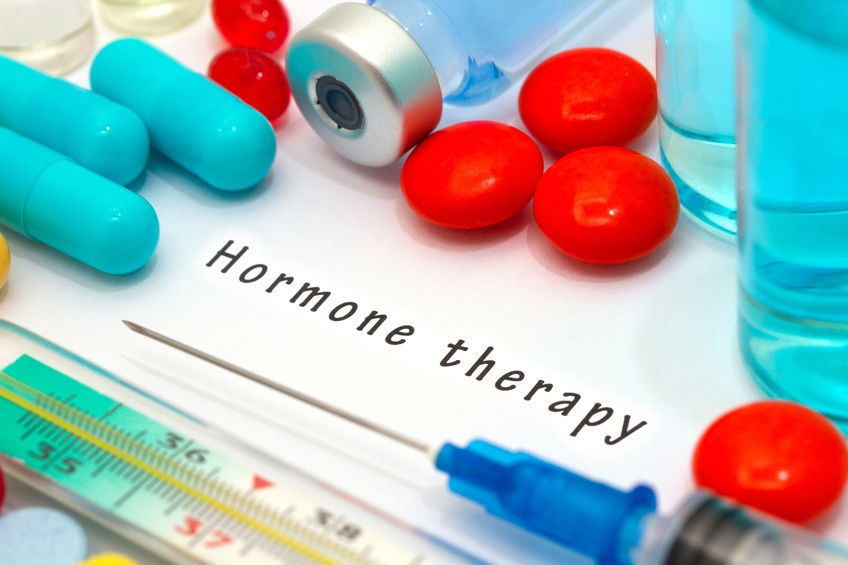What are the benefits of BHRT pellet treatment?
Bioidentical Hormone Replacement Therapy (BHRT) is an increasingly popular treatment for individuals with testosterone deficiency (TD) or estrogen deficiency (ED).
Subcutaneous hormone pellet implantation (also referred to here as “pellets” or “pellet treatment”) is one of several possible delivery methods for hormone therapy. Different delivery methods may be preferred depending on an individual’s health needs and preferences.
Here we’ll outline the safety and benefits of pellet treatment and review recent research.
About Pellet Implantation
Pellet implantation is one of many hormone therapy delivery methods.
The process involves placing small implants under the skin, which release regular doses of hormones (usually estradiol or testosterone) over weeks and/or months.
Usually, the hormones in the pellets are compounded and “fused” into cylinders.
This type of treatment can be highly beneficial for those with health problems related to menopause and andropause. Examples include:
- Poor libido
- Hot flashes
- Aches and pains
- Vaginal dryness
- Insomnia
- Low mood
- Headaches and migraines
- Lethargy
- Irritability
- Fatigue
Males often find that pellet implantation is the most convenient way to get testosterone and prefer it over weekly injections.
Pellet implantation is an in-office procedure requiring local anesthetic and has little-to-no recovery time. Usually, implants are placed in the buttocks through a tiny incision.
Side effects are rare, with the most common one being slight bruising, bleeding, or swelling at the implantation site.
Whether the delivery method is pellet or other types of delivery, this should be an effective and safe way to reduce the symptoms of age-related hormone deficiencies.
This is the case so long as careful administration, monitoring, and regular hormone testing are done.
Benefits and Drawbacks of Bioidentical Pellet Implantation
The main benefit of pellet treatment is the psychological assurance of a specific, consistent dose of hormone treatment over time.
Alternatives to pellets include gels, creams, and patches. These offer similar results, but one drawback being that hormone release may not be as even or consistent.
Another key benefit of pellet treatment is that the patient does not need to remember to apply a daily cream or have a weekly injection ensuring compliance and convenience for the patient.
For practitioners, this delivery method offers easy monitoring and testing of hormones via saliva, serum, or dried urine.
BHRT pellets may have the added benefits of:
- Improving bone density and preventing bone loss
- Reducing the risk of certain cancers (e.g., breast cancer)
- Improving cardiovascular health
It should be noted that BHRT hormone pellet implantation does not typically have a negative impact on blood clotting, blood pressure, glucose, or liver function.
Possible drawbacks for patients include:
- A small risk of infection or allergic reaction at the site
- Possible soreness
- Cannot adjust the dosage or remove pellet at a later date
- Less cost-effective than other delivery methods
- The invasive nature and permanency of pellet implantation
BHRT treatment emphasizes careful monitoring and testing of all hormones to ensure that the right type and dosages are offered to patients.
We offer a pellet insertion training program to help practitioners understand how to administer BHRT pellet treatment safely.
Recent Research on the Benefits of Pellet Treatment
There is a common misconception that estrogen is the right choice of BHRT treatment for women and that testosterone is administered only to men.
However, women often will respond well to testosterone treatments for reducing the severity of perimenopausal or menopausal symptoms.
A study published in the European Journal of Breast Health conducted over 9 years on 2,237 patients had 35.5 % lower incidences of breast cancer in women who were taking BHRT pellet-form testosterone.
“This study reaffirms that hormone imbalances are an urgent medical condition for women and that optimizing hormones responsibly can not just improve quality of life, but prevent disease.” – Dr. Gary Donovitz (Business Wire)
The study works to dispel the common thought that estrogen therapy increases the risk of breast cancer.
Furthermore, it supports the theory that hormone therapy has the potential to prevent diabetes, some cancers, and other health problems.
Another study published just this past spring (2021) in Therapeutic Advances in Endocrinology and Metabolism reviewed the benefits of BHRT implants on patients’ health and quality of life.
This was a review of data collected over 7 years starting in 2012. The total numbers were 1,204,012 subcutaneous implant procedures on 376,254 patients. The patients were men with testosterone deficiency (TD), and women (85%) with TD / ED used implants.
Overall the complication rate here was less than 1%, and pellet extrusion, which is one minor complication, happened more often in men.
This was the most extensive study of this kind. It concludes that pellet implants are safe and possibly even more effective than other delivery methods of BHRT.
Teach Your Patients About the Benefits of BHRT
Pellet therapy is a safe and effective treatment method for individuals looking for testosterone or estradiol therapy.
Practitioners interested in offering this type of therapy should make sure they’re well-informed. They should understand the implications of delivery methods, dosages, combinations, and testing methods to answer questions and deliver effective therapy.
BHRT can be extremely helpful for patients and a lucrative revenue stream for practitioners.
To learn more about the benefits of pellet treatment or other aspects of BHRT, schedule a free strategy call with us.
Enjoyed this article? Here are three more to help you:
How To Treat Low Androgens With BHRT
Menopause and BHRT: What’s the Best Type of Treatment?
How BHRT Can Help Patients Ease the Symptoms of Aging


